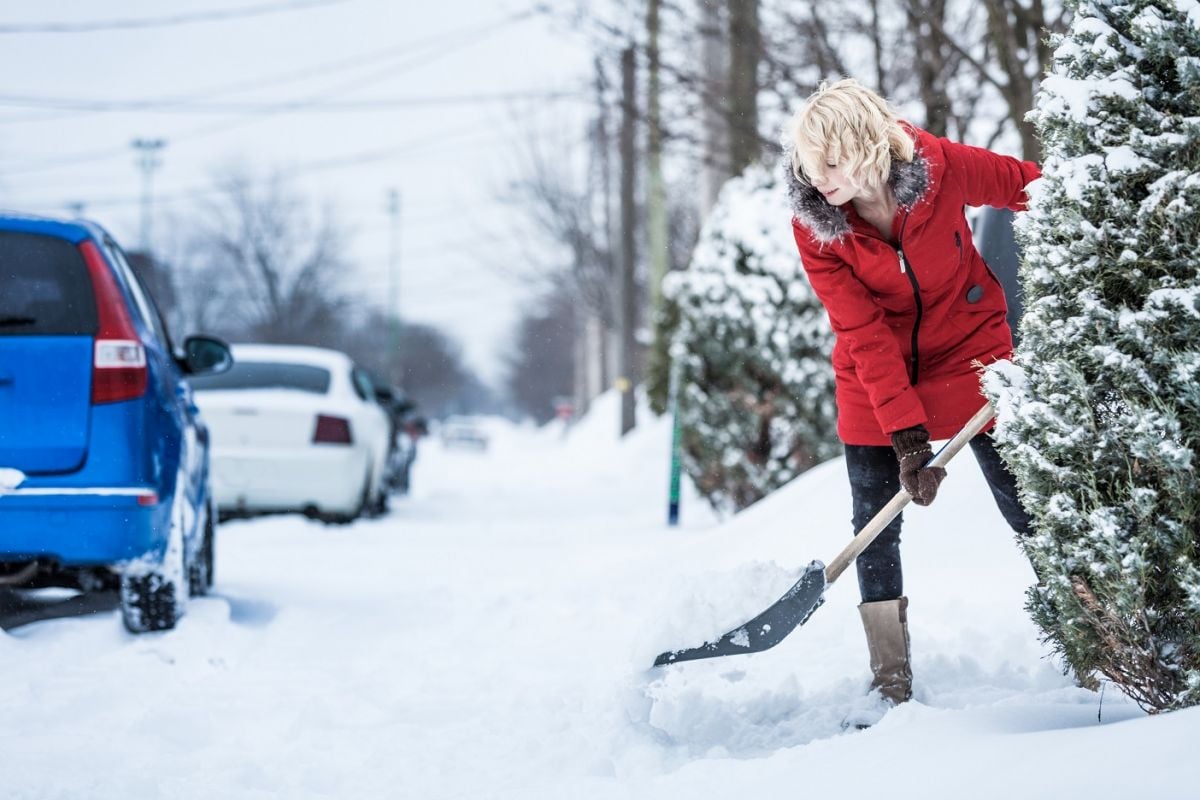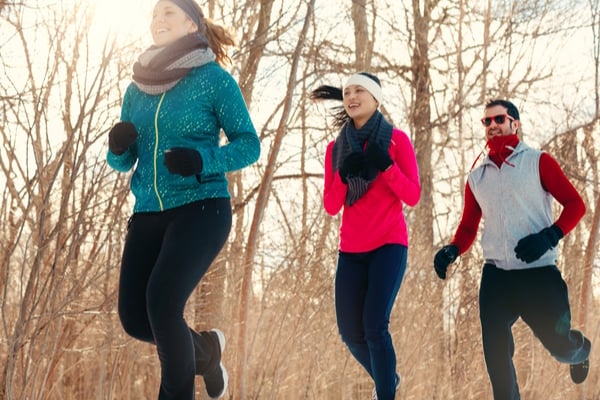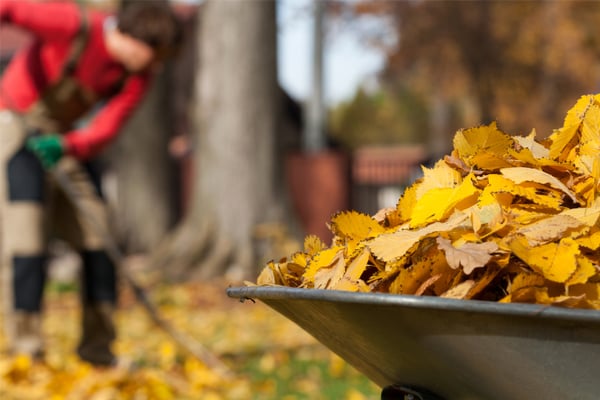
The Growing Demand for Kinesiologists
As the children of ‘The Greatest Generation’, baby boomers are known for their goal-centric, disciplined, and competitive work ethic. Without the distractions of handheld technology and desire for online gratification, this generation grew up working in predominantly labor-intensive jobs and enjoying youthful and active behaviors in their off time through high-impact sports and activities.
The baby boomers are entering their ‘senior’ years, and are the largest consumers of the health care industry. In British Columbia, baby boomers account for nearly 35% of the population, and 80% of health care product consumption (Esdaile, J). Despite entering a new stage of their life, they intend to maintain their youthful and active attitudes and behavior. For some, it is simply due to continuing their lifelong passions, and for others, it’s an attempt to restore their younger identities. However, the trials and tribulations from their youth have followed them into the present.
With few advances in physical health care throughout the 80’s and 90’s, minimal promotion of healthy diets, and increased participation in high-impact sports, baby boomers are now significantly affected by conditions such as arthritis, osteoarthritis, diabetes, and heart disease. There has been a 20% increase in hip and knee replacement surgeries since 2010, and data from 2020 is expected to show another 20-25% increase. The time to act for baby boomers (and even millennials) is now, as everyone should start paying attention to their joints and musculoskeletal system now, to prevent cumulative and repetitive strain injuries and degenerative conditions later in life.
Enter kinesiologists.
Kinesiologists are biomechanical and musculoskeletal function experts. They play an integral role in acute care post-injury, long term care post-injury or surgery, and in ‘Prehab’; the actions taken in order to reduce the likelihood of injuries occurring in the future. Within our baby boomer population, the role of kinesiologists will continue to grow as they seek treatment for soft tissue injuries, chronic pain, arthritic pains, and assistance in returning to activities of daily living. For those who are seeking to reclaim their youth, kinesiologists will play a role in preparing their musculoskeletal system to handle the stresses of increased physical activity.
Whether it is to restore joint range of motion and function in extremities, increase strength, correct imbalances and compensatory patterns, or manage pain, a kinesiologist can help. If pain or other symptoms are severe, kinesiologists are trained for hydrotherapy, which allows the patient to perform their therapy in a pool to eliminate the impact on the joints.
Active rehabilitation with a kinesiologist is also beneficial as the reliance on pain medication often decreases for the patient as they improve their level of functioning and correct their muscular imbalances.
The role of active rehabilitation has grown steadily since the late 2000’s, and will continue to do so as new research supports the notion that re-activation and re-training of the body and mind aids in reducing risk of diseases, and results in greater long term symptom relief than passive therapies. The benefits of active therapy are well known across the healthcare industry, and many physiotherapists, massage therapists, and chiropractors are now working collaboratively with kinesiologists to provide the best outcome measures for their patients.
Esdaile, John. ‘Baby Boomers: The Next Generation’. Retrieved April 30, 2018 from: http://www.hiphealth.ca/blog/baby-boomers--the-next-arthritis-generation



